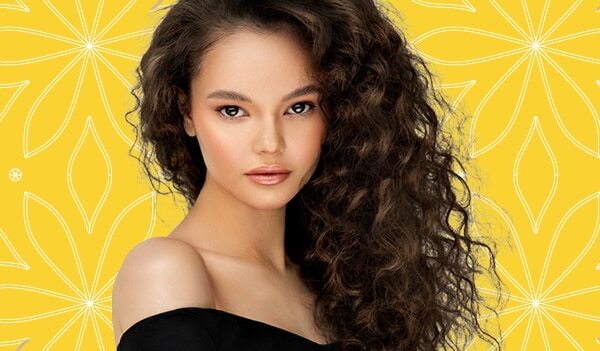Beauty trends from the 80s and 90s are making a huge comeback and permed hair is the one that shocked us the most! Back then, hair perms were big, frizzy and cut short to sit close to the shoulders. Which is why its comeback threw us off a bit, hair perming doesn't exactly have the best of reputations out there. There are many bad perm stories that kept people away from getting the treatment done, but the comeback version has changed people's perception of it. Modern perms are more customisable - you can either opt for long beachy waves or rock a tightly curled bob, they have become a lot more accommodating to different hair types. So, if you have considered hopping on this retro disco trend, here are a few things to consider before actually making an appointment...
01What is permed hair?
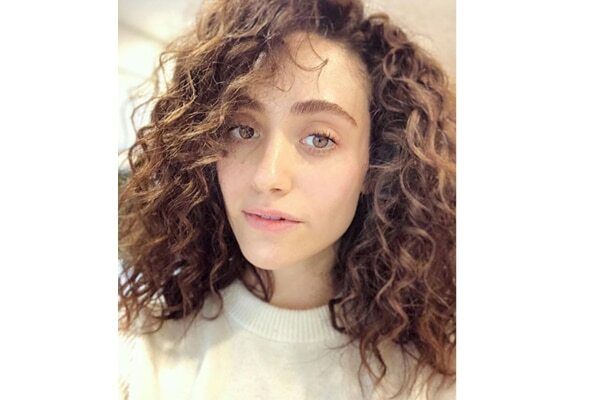
Image courtesy: @emmy Simply put, perming is a procedure that involves applying chemicals to hair strands to change its structure, add texture and create various levels of waves and curls. Traditional perms were tighter, with the process itself causing a lot of damage. But innovation in techniques and products used have resulted in procedures that are much gentler on the hair. They are also much more believable and the transition of the hair texture is seamless. Switching up from monotonous perm patterns in the 80s, the 2010s have perm treatments that are able to mimic naturally curly or wavy hair.
02What to expect from a hair perming procedure?
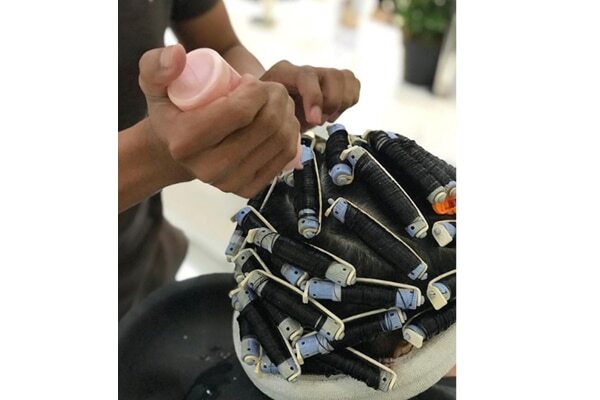
Image courtesy: @excellence.beauty.lounge Before you opt for a perm, a hairstylist will take your full hair history. From past colouring, to the level of existing damage, many factors go into deciding if your mane is ready for a perm. Depending on your hair length and thickness, you can be in the salon for anywhere between 1-3 hours (yes, it is a tedious procedure). The usual process followed is that first, the stylist will wrap your tresses in rods (or newer curling devices) and apply perming lotion to set the curls. After the lotion has sat for about 20 minutes, it is rinsed out. Then, your tresses are dried thoroughly, removing all traces of water, following which, a neutralizer is applied to finish the perming procedure.
03What are the different types of permed hair?
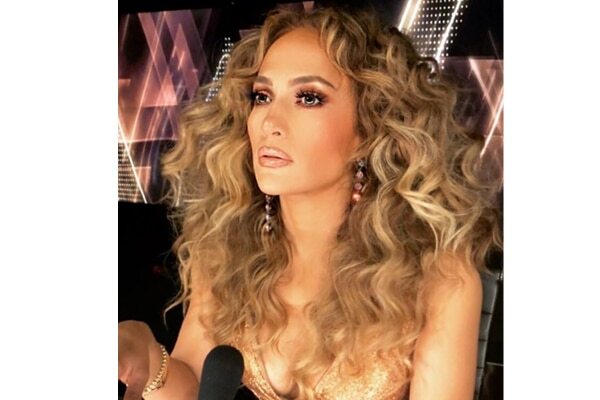
As mentioned before, perms can be customised to suit whatever look you are going for. Some of the major types of perming are:
1. Spiral perm:
Traditional perms from the 80s were tight and looked like spirals of curls that were instantly recognisable. If you actually want to take the plunge and go for big, obviously-permed hair, this is the one to pick.
2. Pin-curl perm:
This technique involved giant hairpins to add statement waves to a length of hair. The result of a bouncy mane with a whole lot of volume, equally distributed through your mane. Also, pin-curl perms are created after the solution is applied to your hair - which means it is a much more controlled process to get classy waves.
3. Root perm:
As the name suggests, root perms are only focused on the roots and not the entire hair. After a perming solution is applied in the first inch of the roots, silicone rollers are put in place to give the hair a lift. This type of perm is ideal for girls with fine and thin hair who are craving more volume near their roots.
4. Stack perm:
Stack perms are done by creating curls from the middle of your hair to the ends. The result is the loss of natural texture near the roots and a whole lot of curly body from mid-length to the ends. This perming style is perfect for layered haircuts in need of some volume.
5. Spot perm:
This one is not for the faint-hearted! Spot perms are created on one particular section of hair - it could be the ends, near your temples or even curl up bangs!
6. Body wave perm:
Inspired by beachy haired divas from the 90s, body wave perms use bigger curlers, instead of slim ounces, to create wavy patterns down the length of your hair. The result is luscious and loose curls that look like you live at the beach!
7. Multi-textured perm:
f you are not happy with getting just one wave or curl pattern, try the multi-textured perm. This technique involves mixing different kinds of curl patterns on the same hair for a striking look that nobody can miss.
04How long do hair perms last?
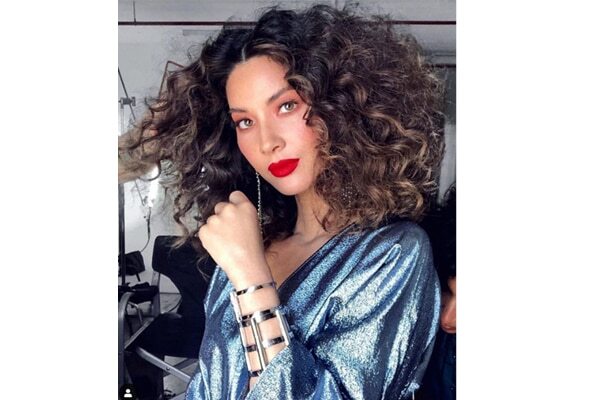
Image courtesy: @hairbyjohnd The duration of permed hair depends largely on the length of your hair. If you like to wear your hair short and go in for frequent trims, your perms will last you for at least 3-4 months. However, if you like to wear your hair long, you make your perm last longer. Since new roots start to flatten the top, the bottom, curly part keeps the volume and texture in the hair. For long hair, you can make your perm last for 6-8 months. Another important factor to make your perms last is how you take care of them, let's take a look at that next.
05How to take care of permed hair?
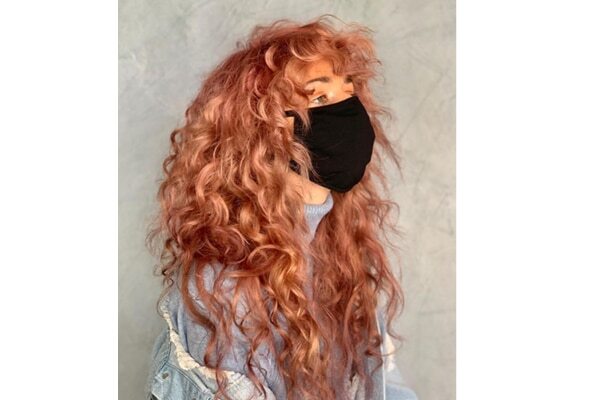
Post-perm hair care looks a lot like the routines that naturally curly or wavy-haired follow. Here are some top tips for taking care of permed hair:
1. Switch to a curly-hair routine:
Switch up your hair care routine and practices by adding products and techniques that are specially formulated for curly hair. From weekly deep conditioning sessions to using a diffuser to set your curls, your old routine will not cut it for the new hair.
2. Minimise on heat styling:
Heat styling your perm can strip your tresses of essential moisture needed to hold the curl pattern. Cut down on heat styling and opt for heatless hairstyles to avoid frying already damaged permed hair.
3. Avoid combing dry hair:
Avoid combing or brushing your hair when it is dry. Use your fingers to detangle your mane in the shower during conditioner application. Scrunch some leave-in product post-shower and let air-dry first, followed with blow-drying with a diffuser for a soft and natural finish.
4. Space out your touch-ups:
Permed hair does not need any touch-ups; you should aim for a minimum gap of 8-10 weeks before you go in for a touch-up.
5. Stay out of the sun:
Similar to other chemical hair treatments, UV exposure can affect the longevity and look of your permed hair as well. Protect your hair with hats and scarves or use leave-in sun protection products to minimise UV damage on permed hair.
06Are there any side effects of hair perming?
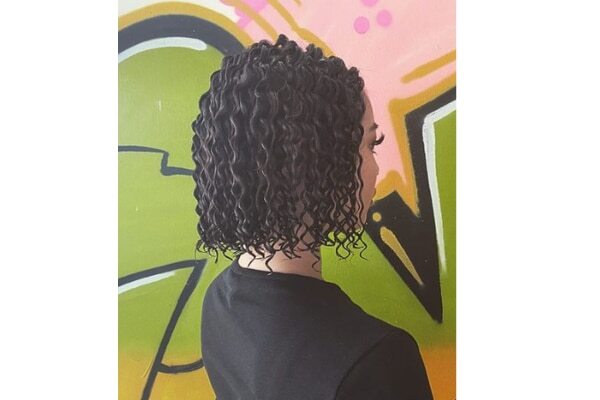
Image courtesy: @link_marino Innovation in hair perming techniques and products have significantly reduced the level of damage on the hair. But make sure you are getting it done by a professional; at-home DIY perms are a big no-no. Also, if you have color-treated hair, you might have to go for pricier versions, because the formula used on virgin hair won't work on previously chemically treated hair. Trust the process, and your stylist, for a damage-free perming session!
07FAQs about permed hair
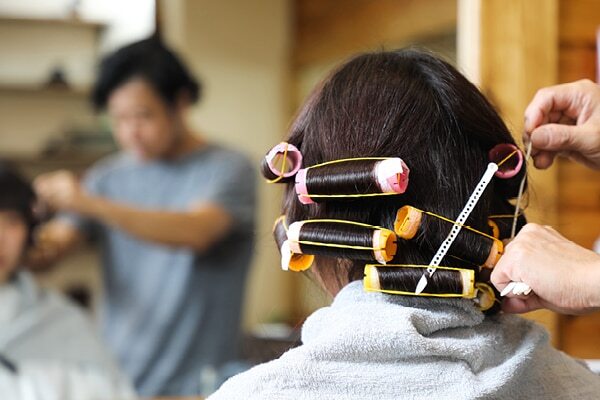
1. What to do if your hair perm did not turn out right?
**A. **Even though hair perming techniques can be customised to suit your hair types, sometimes the results may not be what you're looking for. It is possible to re-perm your hair with a difficult technique, but you have to give at least 1-2 weeks for your hair to bounce back from the damage caused in the first session.
2. How to sleep with newly permed hair?
**A. **You can easily sleep on newly permed hair, it won't flatten the curl. But if you do notice some flatness, just spritz some water (do not wash) and scrunch the area to re-activate the curls.
3. Can sweat ruin my new perm?
**A. **The days following the first perm appointment are crucial for how your perm will turn out to be. You are advised not to wash your hair for at least 48 hours as the moisture can loosen up the curls and make your perm fall flat. But a little bit of sweat should not cause too much concern, but try to keep your mane as dry as possible.
4. Does hair perming suit all hair types?
**A. **Yes, all hair types can opt for a perming treatment.

